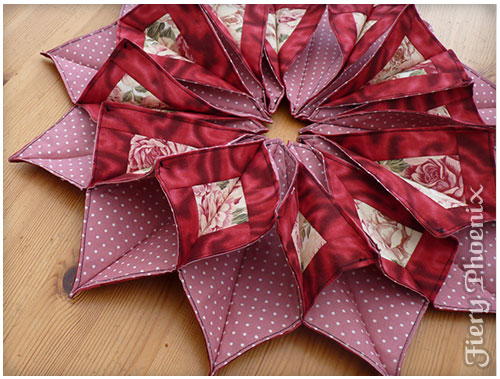Origami Paper Name. Tissue paper also has the advantage of often being sold as squares. This is probably the most versatile kind of origami paper.

The corners of a sheet of paper are folded up to meet the opposite sides and (if the paper is not already square) the top is cut off, making a square sheet with diagonal creases. Includes 60 sheets with 50 assorted solid colors including a bonus of gold and…. 4.6 out of 5 stars 27.
Perfect For All Types Of Origami.
Also fold with paper from nepal, korea, italy and thailand. Origami paper for kids, geaoffice kids origami kit double sided 152 sheets color origami paper kit with 72 projects, easy origami book and paper for kids adults beginner training & craft lessons. Its name derives from japanese words ori (“folding”) and kami (“paper”).
[Oɾiɡami] Or [Oɾiꜜɡami], From Ori Meaning “Folding”, And Kami Meaning “Paper” (Kami Changes To Gami Due To Rendaku)) Is The Art Of Paper Folding, Which Is Often Associated With Japanese Culture.
To create origami, you must use only your hands to craft a shape out of a simple piece of paper. Origami is the art of paper folding. Tissue paper also has the advantage of often being sold as squares.
Ad · High Quality Traditional Japanese Papers Will Delight Any Origami Artist.
Includes 60 sheets with 50 assorted solid colors including a bonus of gold and…. It’s made in japan and. It's a very common base though and can also be used to.
Azo Free ,Without Any Bad Smell
The four corners of the square are folded into the center, forming a shape known in origami terminology as a blintz base or cushion fold. Traditional origami consists of folding a single sheet of square paper (often with a colored side) into a sculpture without cutting, gluing, taping, or even marking it. “oru” in japanese means “to fold” and “kami” in japanese means “paper”, so it translates as “to fold paper”.
Not Just Origami Paper, So There Are So Many Varieties Of Paper Patterns, Sorted Into Classic, Casual, Contemporary, Japanese, Marbled And Batik/Spot Dyed.
The name kirigami comes from the japanese kiru and kami, which means to cut paper. This art does involve folding like in origami, but the folds are often temporary and are used to produce repeating, symmetrical patterns when cut. This base is used to fold a lot of different origami birds including the paper crane and that's where it gets its name from.





